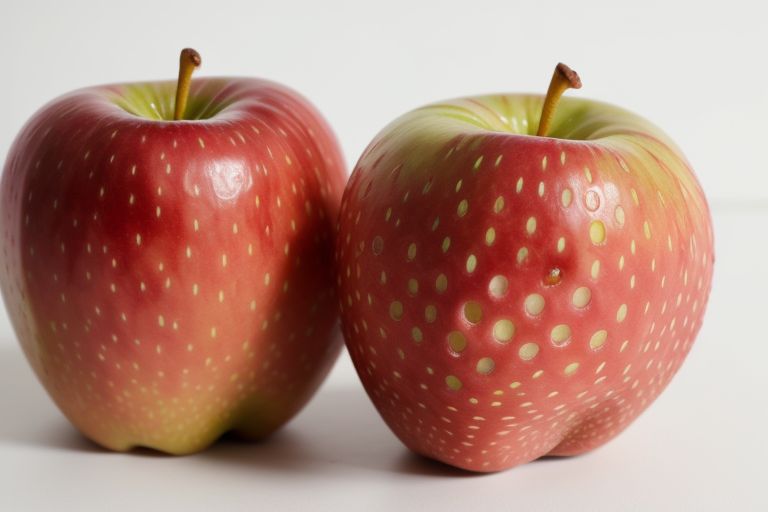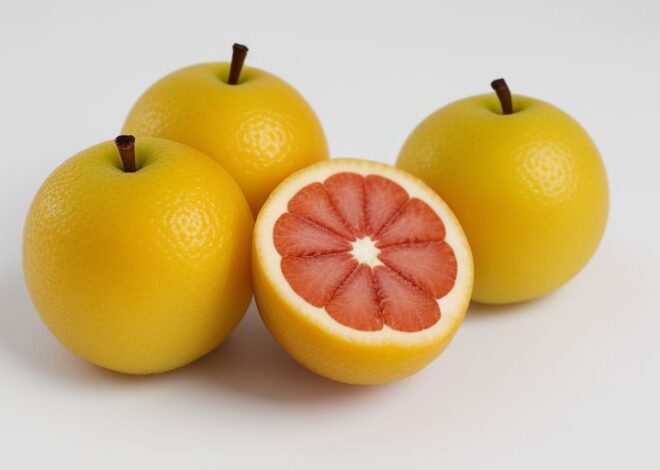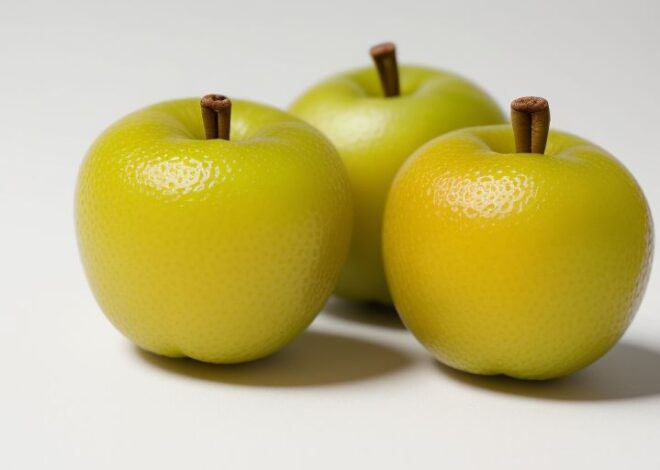
Mamey apple
Introduction
The Mamey apple (Pouteria sapota) is a tropical fruit native to Central and South America, known for its sweet and creamy flavor. It has been a staple fruit in many cultures for centuries, and its popularity continues to grow globally. This article will delve into the etymology, description, taxonomy, cultivation, production, uses, phytochemistry, flavor, toxicity, nutrition, and cultural significance of the Mamey apple.
Etymology
The name “Mamey” is derived from the Taíno word “mamey”, which was used to describe the fruit in pre-Columbian times. The Spanish conquistadors adopted the name, and it has since been used in many languages to refer to the fruit.
Description
The Mamey apple is a small to medium-sized fruit, typically round or oval in shape, with a thin, brown skin that is often covered in small, soft hairs. The flesh is creamy white or yellow, with a sweet and slightly grainy texture. The fruit contains one to three seeds, which are inedible.
Taxonomy and Cultivars
The Mamey apple belongs to the family Sapotaceae and is classified as Pouteria sapota. There are several cultivars, including:
| Cultivar | Description |
|---|---|
| ‘Mamey’ | The most common cultivar, known for its sweet flavor and creamy texture. |
| ‘Sapote’ | A smaller, sweeter cultivar with a thinner skin. |
| ‘Tikal’ | A larger, more oval-shaped cultivar with a slightly grainy texture. |
Distribution and Habitat
The Mamey apple is native to Central and South America, from Mexico to Ecuador. It is commonly found in tropical forests and is often cultivated in home gardens and small-scale farms.
Cultivation
The Mamey apple is relatively easy to cultivate and requires minimal maintenance. It prefers well-drained soil and full sun to partial shade. The fruit is typically harvested when it is ripe, as it does not continue to ripen off the tree.
Production and Uses
The Mamey apple is widely consumed fresh, used in desserts, and made into jams and preserves. It is also used in traditional medicine in many cultures.
| Country | Production (tons) |
|---|---|
| Mexico | 150,000 |
| Central America | 100,000 |
| South America | 50,000 |
Phytochemistry
The Mamey apple contains a variety of phytochemicals, including:
- Saponins
- Flavonoids
- Phenolic acids
- Terpenoids
These compounds have been shown to have antioxidant, anti-inflammatory, and antimicrobial properties.
Flavor
The Mamey apple has a sweet and creamy flavor, often described as a combination of a pear and a peach.
Toxicity
The seeds of the Mamey apple contain a toxic compound called sapotin, which can cause vomiting, diarrhea, and abdominal pain if ingested.
Nutrition
The Mamey apple is a good source of:
- Fiber
- Vitamins A and C
- Potassium
- Antioxidants
| Nutrient | Amount (per 100g) |
|---|---|
| Fiber | 4.5g |
| Vitamin A | 10% DV |
| Vitamin C | 20% DV |
| Potassium | 10% DV |
Culture
The Mamey apple has significant cultural and spiritual importance in many cultures. In some Mayan communities, it is believed to have been a sacred fruit, used in rituals and ceremonies.
“The Mamey apple is a symbol of abundance and fertility in our culture. We use it in many of our traditional dishes and celebrations.” – Mayan community member
In conclusion, the Mamey apple is a tropical fruit with a rich history, nutritional benefits, and cultural significance. Its sweet and creamy flavor, versatility, and ease of cultivation make it a popular fruit among many cultures.


